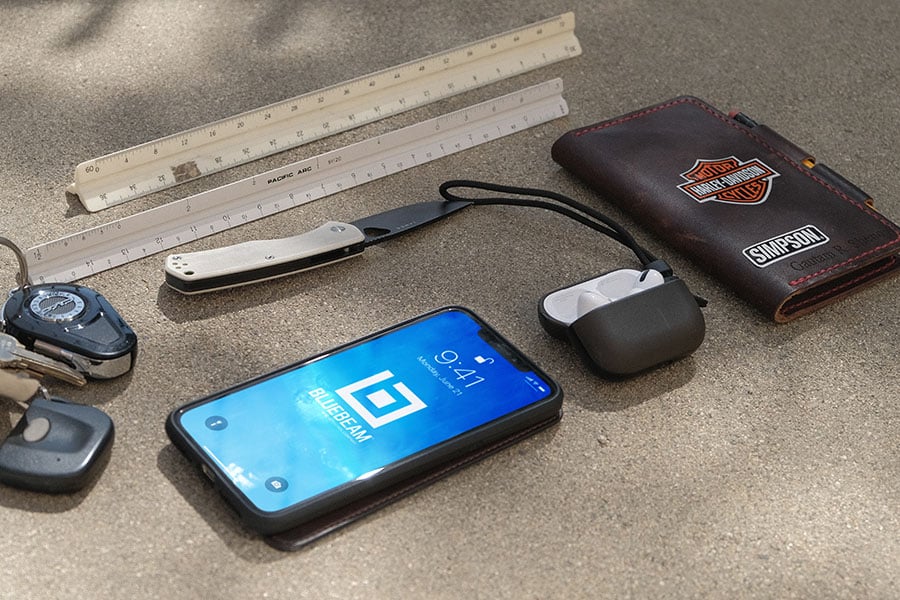Women face challenges across society concerning their talents and worth that few men would—or indeed could—countenance.
Women who choose to make a career in politics, business, the arts and entertainment industry, manufacturing, construction or engineering have to work harder than men to be seen,heard and to succeed.
This may be changing in some respects—and even that assumption is debatable—but many women who have sought to make a life in industries deemed the preserve of men have over the years faced the sorts of obstacles that men would simply not put up with.
The U.K. Lags Behind Europe
Take engineering. Women barely took up engineering jobs until the turn of the last century, and even then, it took a world war to truly thrust their potential into the spotlight.
The relative dearth of female engineers more than a century later is shown in the statistics. Just 12% of engineers were women in 2018.
Latvia, Bulgaria and Cyprus head the European scoreboard with nearly 30% of engineers being female.
And while 15% of engineering undergraduates in the U.K. in 2017 were women, in India that figure was more than 30%, according to the Women’s Engineering Society (WES).
And women who have previously had careers in engineering but have left for reasons such as wanting to start a family also encounter problems when they seek to return to the sector, not least bias in the recruitment process, according to a report titled STEM: The Hidden Workforce.
Yet while stereotypical attitudes clearly remain—some still hang on to the outdated notion that engineering is a man’s world—opportunities have been opening up for women looking to bring their engineering talents to the fore.
Some Famous Women Engineers
To celebrate the focus on women engineers, not least through this month’s Women in Engineering Day (June 23), Bluebeam took a look at some women who have entered the field over the years and have proved no less capable than their male counterparts.
We asked Elizabeth Donnelly, chief executive of the Women’s Engineering Society, to highlight a few names that, while familiar to her organisation and its members, may not be as well known in the wider world.
Donnelly kicked off with the aviator Amy Johnson, who as well as setting many long-distance records before World War II became the WES’ youngest president in 1935 at age 32.
Johnson had become a member of the London Aeroplane Club in 1928, learning how to fly and maintain her aircraft’s engine. The club’s chief mechanic, Jack Humphreys, said she was a “born engineer.”
Women’s War Work Went Unrecognised
Rachel Parsons was one of the WES’ co-founders, along with her mother, Lady Katharine Parsons, becoming the organisation’s first and second presidents respectively. Along with a group of other women, the pair set up a female-focused engineering company, Atalanta Limited.
Created in 1921, Atalanta aimed to provide work for women who had joined factories and engineering businesses during World War I after the mostly male workforce had been called up but then had to relinquish their positions to returning servicemen once hostilities ended in November 1918.
Speaking about women going back to the home after the conflict, Lady Parsons said: “It has been a strange perversion of women’s sphere—to make them work at producing the implements of war and destruction and to deny them the privilege of fashioning the munitions of peace.”
Another suggestion from the WES’ Donnelly is Beatrice Shilling. The first woman to attend Manchester University as an engineer, during the Second World War Shilling designed and developed a device that limited to flow of fuel to the engines of Spitfire and Hurricane fighter aircraft and prevented them cutting out while in dogfights with German aircraft during the Battle of Britain.
An accomplished motorcyclist, Shilling was also one of three women to win the Brooklands Gold Star for lapping the famous racing circuit at more than 100 mph.
Some Contemporary Examples of Famous Female Engineers
More contemporary suggestions from Donnelly include Karen Burt. Joining British Aerospace Systems as a project engineer for scientific satellites after graduating from Cambridge, Burt progressed to become a senior systems engineer.
Later she left BAe to set up her own consultancy and was instrumental in establishing the Centre for Advanced Instrumentation Systems within University College, London.
Professor Daphne Jackson—the U.K.’s first female professor of physics, at the University of Surrey, and a one-time president of the WES—devised a fellowship scheme in the mid-1980s to support individuals wanting to return to research after a career break.
Like Lady Katharine Parsons, Jackson was a champion of women wanting to return to the workplace after a break. She once said: “Imagine a society that would allow Marie Curie to stack shelves in a supermarket simply because she took a career break for family reasons.”
Another notable female engineer on Donnelly’s list is Caroline Hargrove. Hailing from Canada, Hargrove studied mathematics and engineering at the University of Ontario before moving to Cambridge to study for a Ph.D.
An impressive CV includes 10 years at the McLaren Formula 1 team, where she was responsible for the race simulator, together with co-founding McLaren Applied Technologies, of which she was technical director.
A fellow of the Royal Academy of Engineering, Hargrove now works as chief technical officer for Zedsen, a company specialising in non-invasive technology designed to monitor the human body.
Such examples of famous female engineers—and there are many, many more—highlight the engineering talent available to industry and wider society. Hopefully, events such as International Women’s Day and the work of organisations like the Women’s Engineering Society have the desired effect of revealing the difference that those representing more than half the world’s population can make.
















